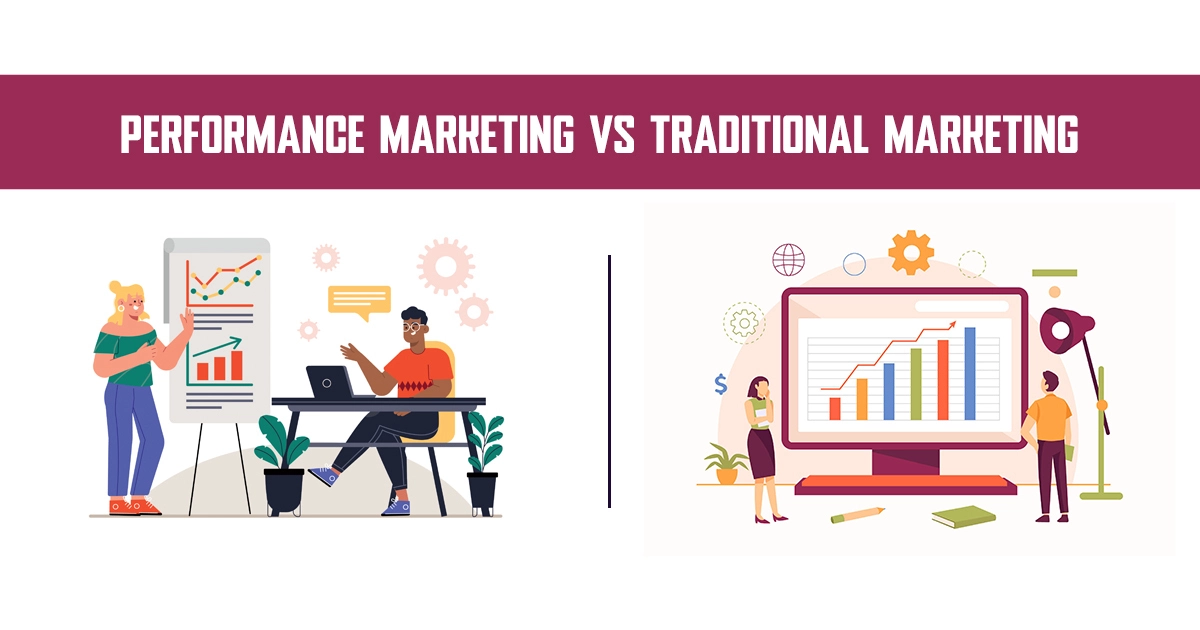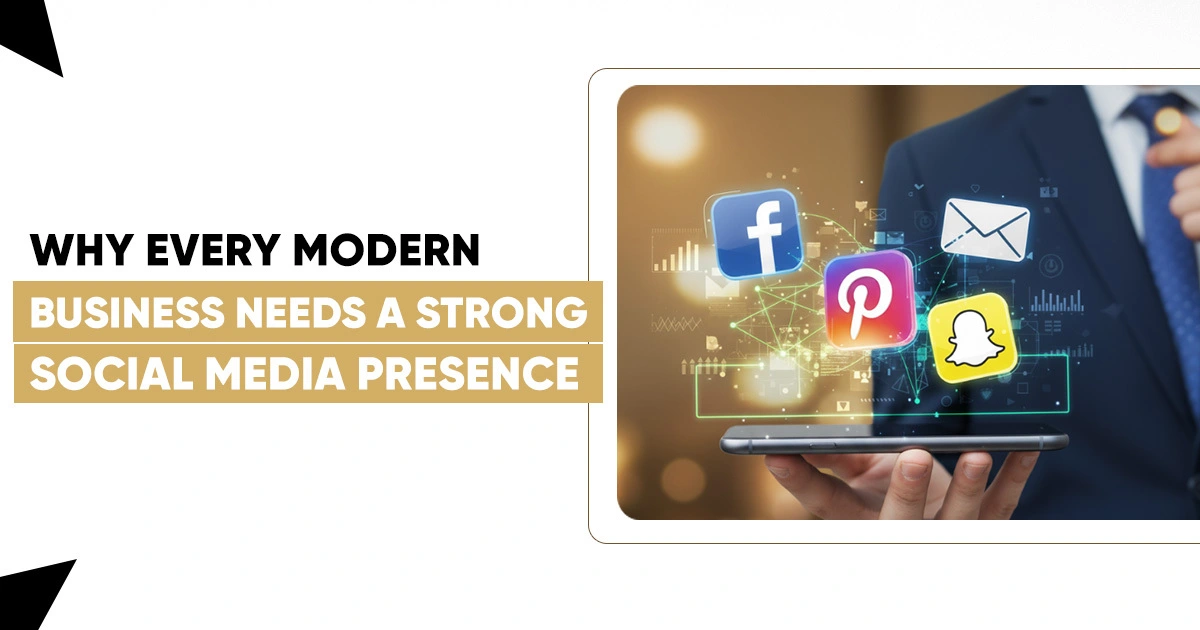Business has always depended on marketing. Since the days of print advertising in newspapers, one-to-one digital campaigns on social media have completely transformed how brands reach their target customers. Two approaches dominate the discussion nowadays: Traditional marketing and Performance marketing. The two strategies are used to accomplish different tasks, yet in the era of data-driven decision-making, the appropriate combination can be either the success or failure of a brand.
In this blog, we will discuss the differences between traditional and performance marketing, the strengths and limitations of both, and how each can be used to the benefit of businesses.
What is Traditional Marketing?
Traditional marketing was used as a conventional method of marketing goods and services before the emergence of online marketing. This will touch on TV advertisements, radio ads, newspaper advertisements, billboards, flyers, and direct mail. These channels have long been the major way of reaching out to customers.
The advantage of the traditional marketing method is that it reaches a wide audience and is credible. An example of this is a TV commercial in a prime-time program where a brand can be seen by millions of people at once. On the same note, a well-placed billboard in a high-traffic city can boost brand awareness.
But there are some problems with traditional marketing:
- Hard to determine outcomes – You cannot always trace the number of people who, after viewing a TV commercial or a flyer, become paying customers.
- Expensive to operate- The cost of running TV or print advertisements can be very high, which is why it is not affordable for small businesses.
- Less granular targeting – You can target channels demographically, but, unlike digital approaches, you cannot target narrowly (such as serving ads to certain age groups or interests).
Irrespective of these disadvantages, traditional marketing still exists, particularly in terms of building brand awareness and reaching people in places where digital penetration is not as high.
What do you mean by Performance Marketing?
And to answer the question, what is performance marketing? – It is a contemporary and result-driven method in which an advertiser only pays after a certain action has been performed. This may be a click, lead, sale, or download. Performance marketing is usually done through online platforms like search engines, social networking sites, affiliate sites, and display networks.
Performance marketing, in simple terms, is accountability. It is not about spending money and hoping, as every move of a brand is tracked, and only for the outcome that can be measured, the money is paid.
The key pros of performance marketing are:
- Monitorable and quantifiable – Each click, impression, and conversion is tracked, thus enabling the business to make accurate calculations regarding the ROI.
- Economy of Costs – Marketing budgets are utilized better because you only pay for what you see.
- Advanced Targeting – Advanced targeting gives digital tool brands the ability to target specific demographics, behaviors, and interests.
- Flexibility – A highly flexible campaign can be modified in real-time according to its performance.
To illustrate this further, should an online fashion store launch a performance marketing campaign on Facebook, it would be able to direct women aged 18-35 who are interested in fashion. No amount of money is wasted as the store pays only after a person clicks the ad or makes a purchase.
Performance Marketing vs Traditional Marketing: Key Differences
| Feature | Traditional Marketing | Performance Marketing |
| Channel | TV, Radio, Print, Billboards | Social Media, Search Engines, Affiliate Marketing, Display Ads |
| Cost Structure | Pay upfront, regardless of results | Pay for specific actions (CPC, CPA, CPL) |
| Targeting | Broad, demographic-based | Highly targeted, audience-specific |
| Measurement | Difficult to measure accurately | Easy to track with analytics tools |
| Flexibility | Hard to change once published | Can be optimized in real-time |
| Goal | Brand awareness and credibility | Measurable conversions and ROI |
Which is the best one to be used by businesses?
Traditional and performance marketing are two options that rely on your business objectives, budget, and target market.
- Traditional marketing should be used when: Your goal is to create broad brand awareness or attract a non-digital, local audience. An example is the real estate firms that usually display new projects through billboards.
- Performance marketing should be used when: You want campaigns that are measurable, cost-effective, and that directly generate sales. This approach is very beneficial to e-commerce brands, startups, and service-based businesses.
A hybrid approach is the most desirable strategy in most instances. Traditional marketing that focuses on creating brand awareness and performance marketing that focuses on making direct conversions can be combined to provide the most effective results. An example is that a brand can run TV adverts to establish trust and, at the same time, use Google Ads to attract customers who are ready to buy the product.
The Future of Marketing
Performance marketing will take over the industry as the use of digital continues to increase. Marketers now can design highly personalized campaigns that lead to actual results with tools such as AI, predictive analytics, and ultra-personalized customer segmentation. But traditional marketing will be used to contribute to brand-building and offline interaction.
In the end, companies that can keep pace with the trends and smartly combine both strategies will shine in a highly competitive environment.
Explore:
CGI vs Traditional Photography: Which is Best for Your Brand?
How Small Businesses Can Compete Online with Limited Budgets
Frequently Asked Questions
A1: What is performance marketing, in easy terms?
Performance marketing is a digital approach in which advertisers refrain from paying a cent until certain actions are obtained, such as clicks or leads, or sales are made. It is result-oriented and very measurable.
Q2: Does traditional marketing work anymore?
Yes. Conventional marketing can still be effective to generate brand awareness and credibility, particularly via TV, print as well and outdoor advertising. But it is not as measurable as digital.
Q3: Which one is better, traditional marketing or performance marketing?
Neither is always superior. Performance marketing is best when specific outcomes are desired, and traditional marketing is best when used for mass awareness. An equal combination can usually provide the most successful results.




